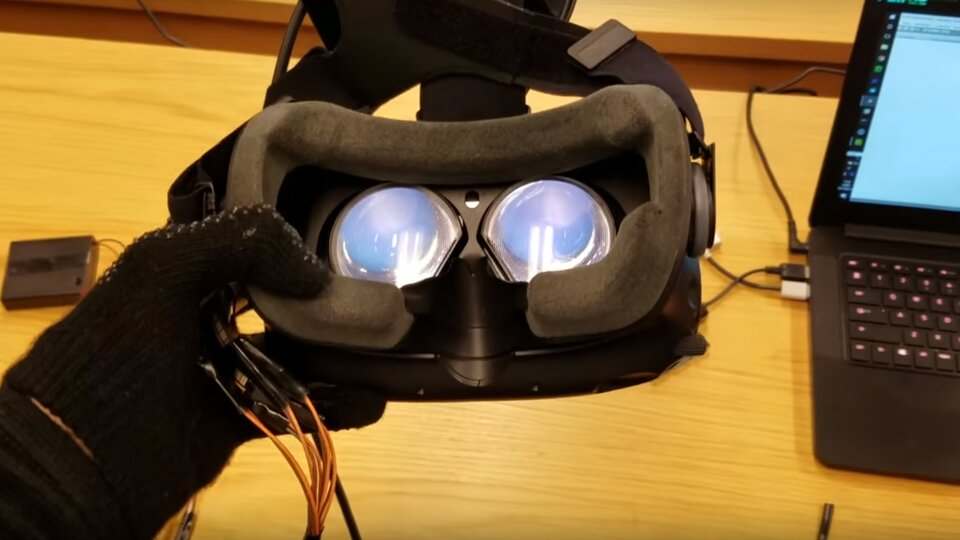GITAI: Avatar robot for developments on the space station and on the Moon
Japanese start-up company GITAI provides a humanoid telepresence robot-like "Avatar" for science experiments in space stations and moon-based development. Meet GITAI at ESA's Start-ups Zone powered by ESA space solutions at IAC 2018.

GITAI's Avatar robot is remotely controlled by humans with Virtual Reality Head-Mounted Display (VR HMD) motion capture suit and haptic gloves, enabling their operators to see, hear, feel and interact freely in a remote environment in real time via standard wireless networks.
Especially visual data is extremely heavy and causes delayed information transfer, so GITAI also has developed independent P2P communication based on independent protocol, data volume reduction algorithm and OS for synchronization. As a result, GITAI can minimize 2.7K resolution data of 360-degree camera from 800Mbps to 2.5Mbps and data latency to 100ms via standard WIFI networks.
By sending just one Avatar robot to ISS, many scientists can conduct experiments such as space manufacturing using 3D printers without the costs of transportation of human resources as if they are in the ISS, remotely from the Earth.
The technology
Data Reduction and compression
High resolution visual data of 360-degree camera is too heavy to transfer via standard wireless network, so GITAI has developed independent visual data volume reduction and compression algorithm. GITAI successfully minimized 2.7K resolution data of 360-degree camera from 800Mbps to 2.5Mbps on average.
Low-latency communication
Existing communication technology such as WebRTC cause delayed information transfer, so GITAI has developed independent middleware based on independent protocol and OS based on Linux. GITAI successfully minimized software data latency from video capture to display on VR HMD to 100ms.
Workload reduction technology
The performance of PC for space is very low because of space radiation, but video transmission of high resolution visual data requires a high performance PC. So GITAI have developed independent Load reduction technology. GITAI made it possible to run entire software including video transmission of 2.7K resolution data of a 360-degree camera on Intel’s low performance PC (Compute Stick STK2m3W64CC) and CPU (Core m3-6Y30).
NAT traversal system
GITAI has developed independent NAT traversal system for low latency communication so that operators can Log-in and Log-out of robots using an account name from anywhere to anywhere via standard wireless networks.
World's largest ecosystem for space-related entrepreneurship
ESA’s Technology Transfer and Business Incubation Programme Office (TTPO) operates the ‘ESA space solutions’ network of Business Incubation Centres (ESA BICs) and Technology Transfer Brokers offering complete access to all aspects of space-related innovation, technology and intellectual properties and is a gateway to ESA and European space research and developments.
Today, there are 20 ESA BICs in 17 European countries – Austria, Belgium, Czech Republic, Estonia, Finland, France, Germany, Hungary, Ireland, Italy, Norway, Portugal, Spain, Sweden, Switzerland, the Netherlands and UK – forming the largest ecosystem in the world for space-related entrepreneurship.
Over 650 start-ups have been fostered and another 150 new start-ups are taken in yearly at ESA BICs to be supported under the two-years business development boosting programme.
Visit “Start-ups Zone powered by ESA space solutions”
Meet all the start-ups from 1 October until 5 October at the dedicated Start-ups Zone powered by ESA space solutions at IAC 2018 area at IAC 2018.
The GITAI entrepreneurs will be at the Start-ups Zone at IAC 2018 from 3 October noon until 5 October, and be pitching their business 4 October.



